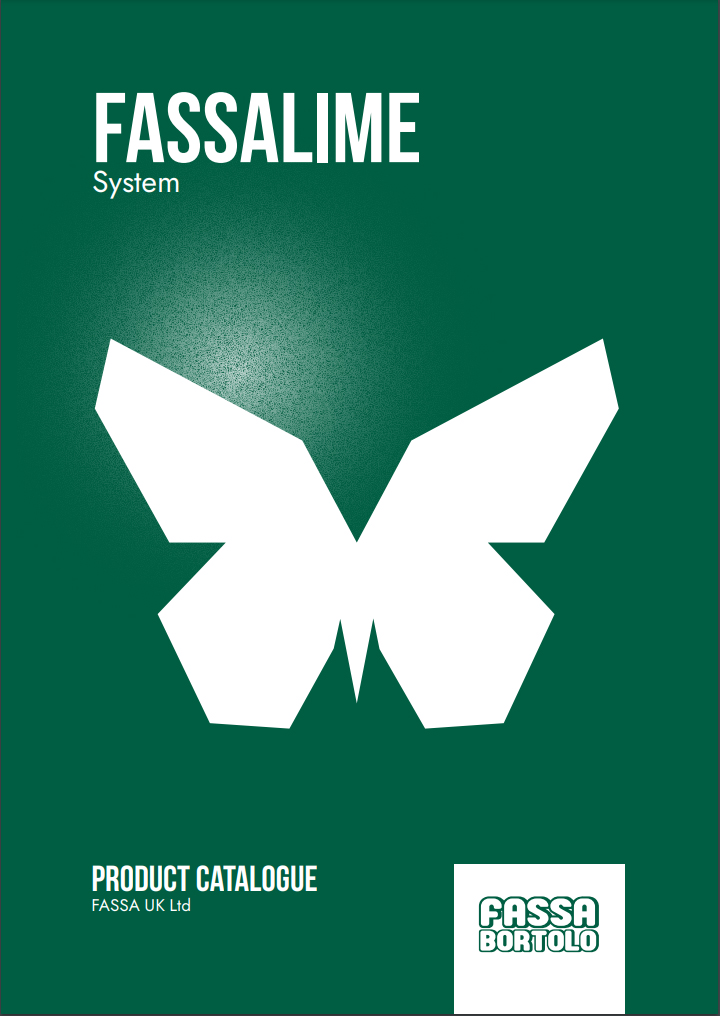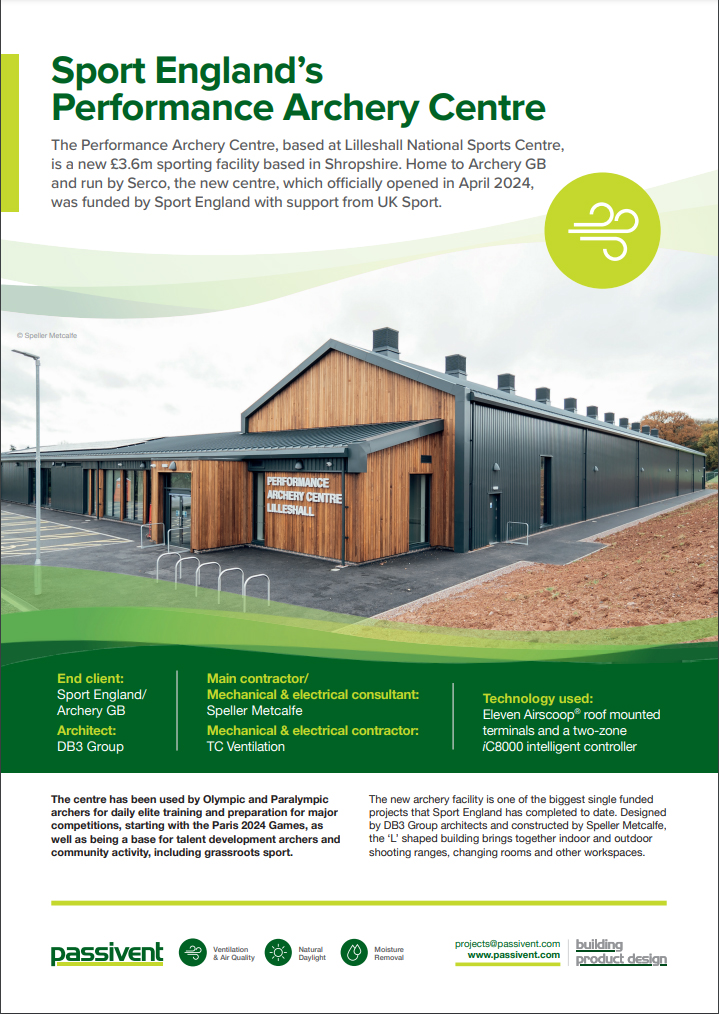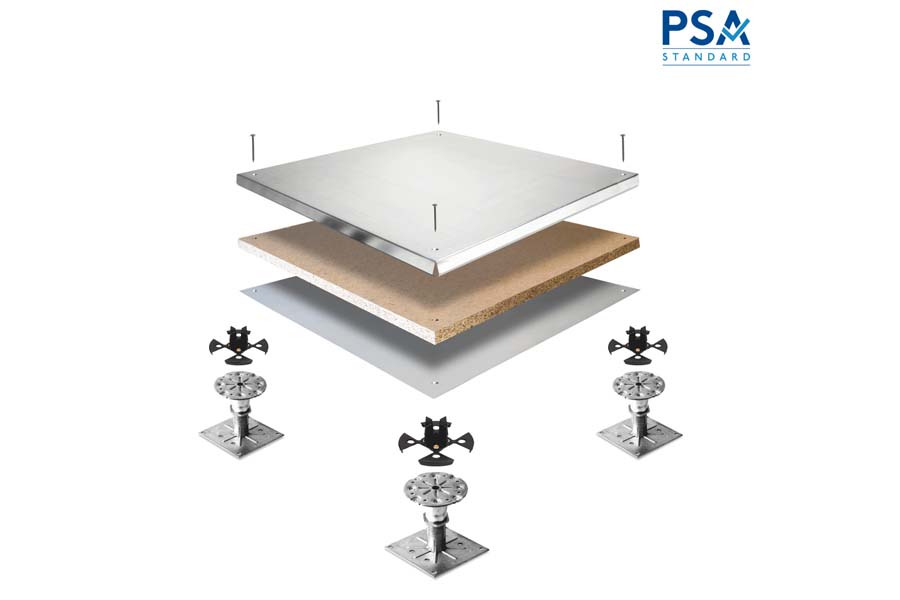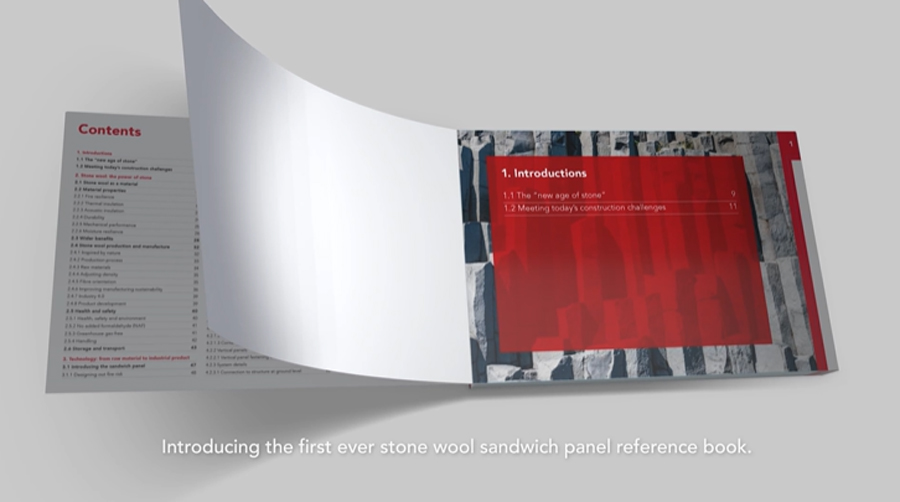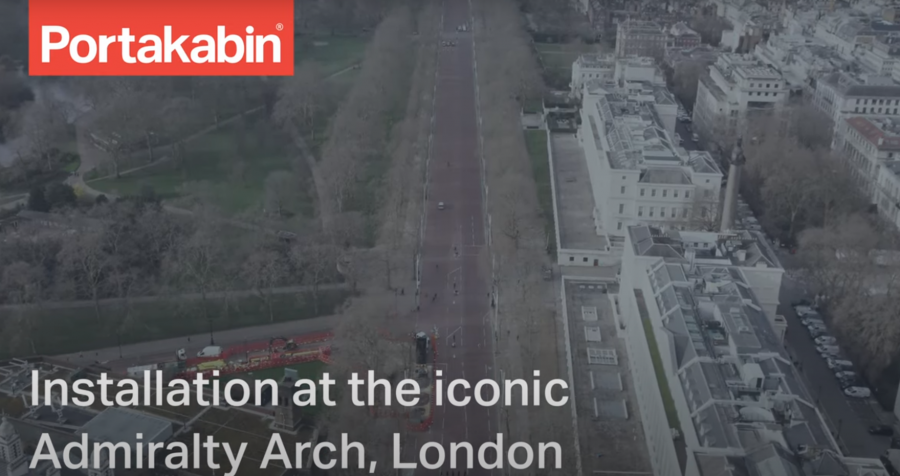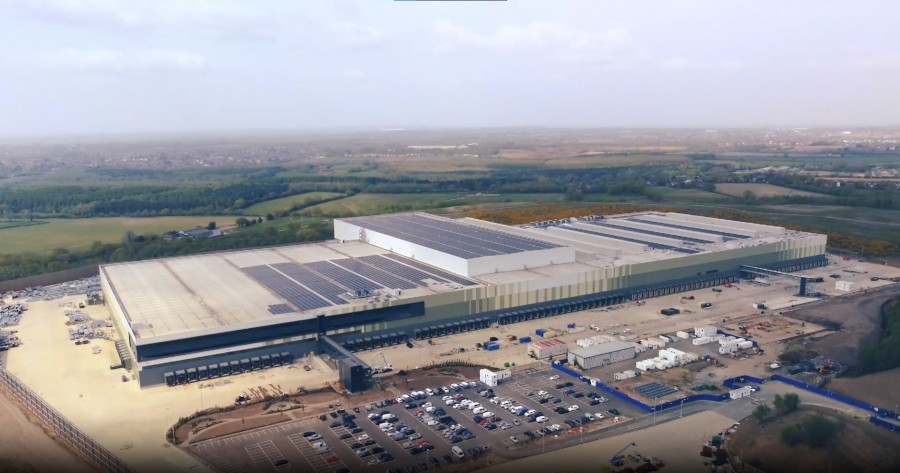A group of experts from across the construction industry has proposed a standardised carbon rating system that would make it easier for clients and designers to choose low-carbon options.
This is just one of many recommendations set out in the Low Carbon Concrete Routemap.
The report is the result of a collaboration between the Green Construction Board and the Institution of Civil Engineers (ICE). It brings together experts from across the industry including the Concrete Centre, Mott MacDonald, CEMEX and many others.
As well as making recommendations, the report sets out three decarbonisation routes to 2050 based on what action the industry takes and how fast carbon sequestration in concrete advances.
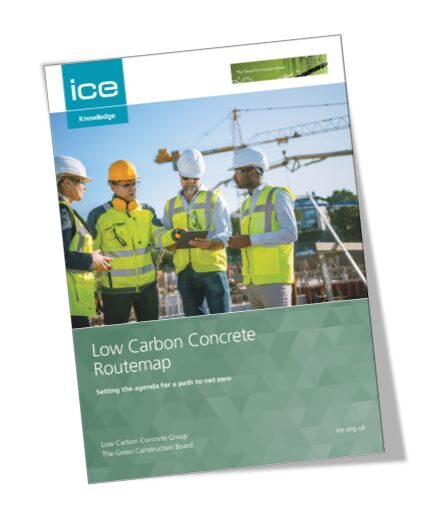
Even under the most modest route, emissions are expected to fall from 10 million tonnes CO2e in 2022 to 5 million tonnes in 2035. Under the most optimistic scenario, the concrete industry could become a carbon sink – absorbing more greenhouse gases than it emits – in the 2040s. The report also predicts this will lead to major cost savings, ranging from £2.5 billion to £10.5 billion by 2050, depending on how quickly the industry decarbonises.
The recommendations for clients, designers, contractors and suppliers include:
• An industry-wide rating system to disclose the carbon embedded in different concrete mixtures, similar to the energy efficiency ratings for homes
• Options for reducing the cement content, especially by using limestone and calcined clays as fly ash and blast furnace slag become less available
• Design approaches that use less concrete or lower-carbon concrete, such as using voids, coffers, non-structural fill and smaller spans between columns
• Giving concrete suppliers maximum time and flexibility to choose a mix that meets the requirements with the minimum carbon
• Updating technical standards to reflect the priority of reducing carbon and the latest materials and techniques.
Andrew Mullholland, chair of the Low Carbon Concrete Group and co-author of the report, said: “The next 10-15 years are critical in driving the carbon out of concrete. There are steps we can all take immediately to minimise the quantity of concrete we use and the carbon intensity of production, and this change should be driven by clients. This will require motivation and substantial effort from across the industry.”
Andy Mitchell, Co-chair of the Construction Leadership Council, said: “This report pulls together a wealth of practical advice and best practice from across the industry. But more importantly, it charts a route forward to net zero which must increasingly be the guiding principle of every construction project. I call on peers across the industry to read this report and take up its recommendations as soon as possible.”
Many of the recommendations in the report are already being deployed. For example, the main flood gate in the Environment Agency’s Boston Barrier used low-carbon concrete, which saved more than 1,300 tonnes of CO2e. It also raised a control room above the flood level which avoided the need for deep piled foundations and saved a further 360 tonnes CO2e.
Concrete is a major source of carbon, accounting for 1.5% of all emissions in the UK and 8% globally. This is largely due to the production of cement, which involves heating limestone and clay to very high temperatures and a chemical reaction that produces greenhouse gases.
Every year we use approximately 11.7 million tonnes of cement in the UK, equivalent to the weight of more than 100 aircraft carriers. An informal survey of 178 industry professionals found that education and a tendency of industry standards to recommend more traditional concrete blends and practices were major barriers to decarbonisation. More than half of respondents said that they struggled to find data on the carbon embodied concrete products – something that the rating system could help to address.
The report also sees a major role for carbon sequestration – both techniques of locking carbon dioxide into concrete and of capturing the carbon that arises from the production of cement. But it says these techniques are not yet commercially viable and calls for large-scale industry and government support for research and trials. Sequestration should be seen as an end-of-pipe solution once other opportunities to cut carbon have been taken.
A new UK Concrete Decarbonisation Taskforce, convened by the ICE, will oversee the delivery of the Low Carbon Concrete Routemap. This group will update the report each year and monitor progress across the industry.
Mark Hansford, Director of Engineering Knowledge at ICE, said: “We have the solutions and a clear route forward. The UK Concrete Decarbonisation Taskforce has a vital role to play in unlocking funding and working across the industry and government so that we can drive a step change in the decarbonisation of concrete.”












